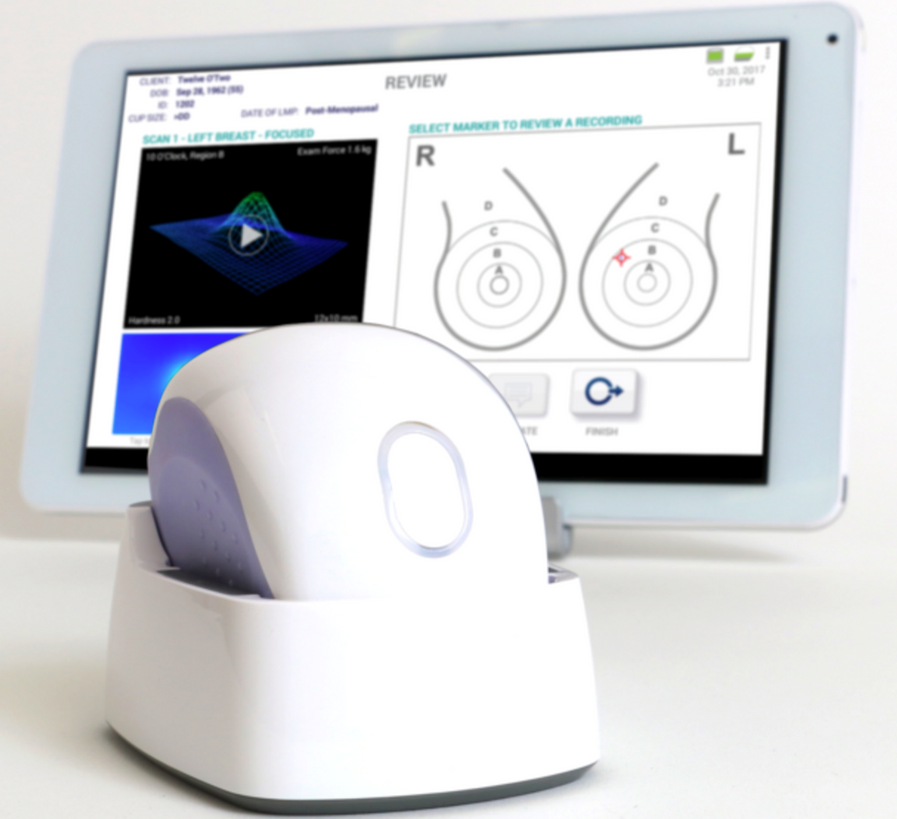Breast cancer is the most common cancer in women worldwide, accounting for 25% of all cancer cases. Early detection and accurate diagnosis are crucial for improving survival chances and treatment outcomes. Current methods of breast cancer detection and diagnosis are limited and have certain drawbacks, despite advances in medical technology. With the advent of artificial intelligence (AI) in healthcare. However, a new solution has emerged. BEXA, a breast cancer detection device powered by AI that has the potential to revolutionize breast cancer diagnosis.
Introduction to BEXA
BEXA is a device that uses artificial intelligence algorithms to analyze mammography images and provide physicians with a diagnostic report. The device is intended to aid in breast cancer detection by identifying abnormalities that may be indicative of malignancy. BEXA was created by a team of researchers and engineers at PT Tata Sarana Mandiri (TSM). In an effort to improve breast cancer diagnosis and reduce the number of false positives and false negatives.
How BEXA Works
BEXA employs deep learning algorithms to analyze mammography images and identify characteristics that may indicate breast cancer. The device has been trained on a massive dataset of mammography images. Allowing it to detect subtle changes and patterns that may be invisible to the human eye. BEXA provides a diagnostic report detailing the likelihood of malignancy. And, any other pertinent information, such as the size and location of the abnormality, once the analysis is complete.
Benefits of BEXA
One of the main benefits of BEXA is its ability to improve the accuracy of breast cancer diagnosis. Current methods of breast cancer detection have a high rate of false positives and false negatives, which can lead to unnecessary biopsies or delayed diagnoses. With BEXA, physicians can receive a more accurate diagnosis, reducing the need for additional tests and improving patient outcomes.
Another benefit of BEXA is its speed and efficiency. The device can analyze mammography images in a matter of seconds, allowing physicians to make a diagnosis quickly and efficiently. This can be especially valuable in areas with limited access to medical resources or where there is a shortage of trained medical professionals.
Potential Impact of BEXA
BEXA has the potential to revolutionize breast cancer diagnosis and improve patient outcomes on a global scale. By providing a more accurate and efficient method of breast cancer detection, BEXA can help reduce the number of unnecessary biopsies and improve the chances of early detection, which is critical in increasing the chances of survival.
In addition to improving breast cancer diagnosis, BEXA can also help reduce healthcare costs by streamlining the diagnostic process and reducing the need for additional tests and procedures. This can be especially valuable in countries with limited healthcare resources, where every dollar spent on healthcare must be maximized.
Limitations of BEXA
While BEXA has the potential to improve breast cancer diagnosis, it is not without limitations. The device relies on the accuracy of the mammography images it analyzes, which can be affected by factors such as breast density and positioning. In addition, BEXA is not a replacement for a trained medical professional and should be used in conjunction with other diagnostic methods.
Future of AI in Breast Cancer Diagnosis
BEXA is just one example of how AI is being used to improve healthcare outcomes. As the technology continues to evolve. We can expect to see more AI-powered devices and applications that improve the accuracy and efficiency of medical diagnosis and treatment. With the potential to improve patient outcomes and reduce healthcare costs, AI is poised to transform healthcare in the years to come.


